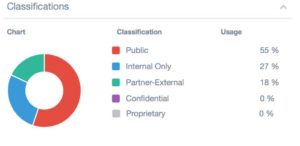
Data Classification Fail: Data Stolen at Apple Car
Confidentiality Oaths and Stolen Secrets As Bloomberg first reported, an Apple Inc. engineer has been charged with stealing data from the company that contained car secrets for a prototype driverless car. Jizhong Chen had been working for Apple for about six months, signing a strict confidentiality oath upon being hired. According to another Apple


